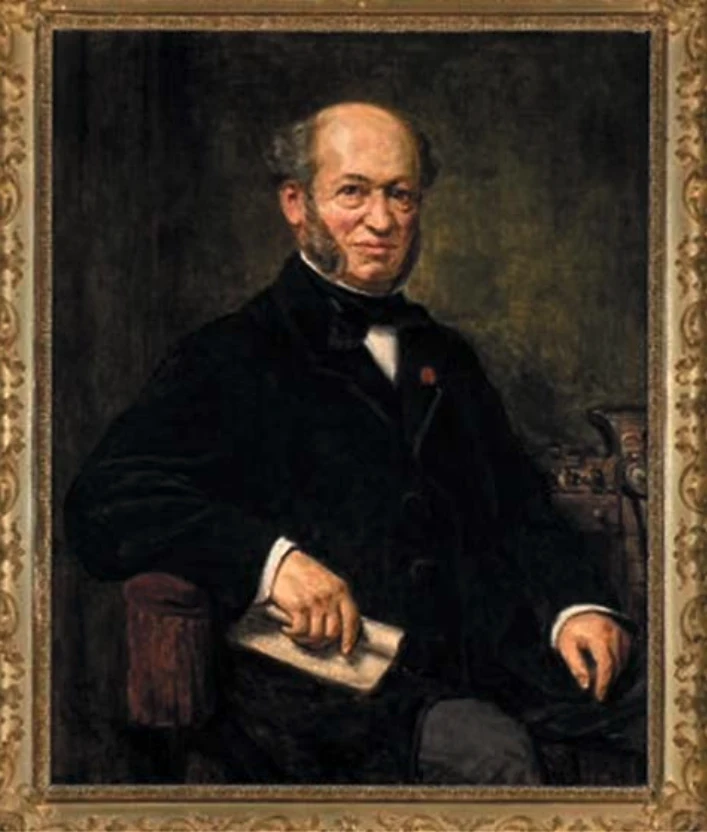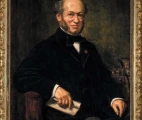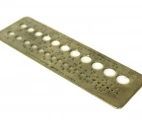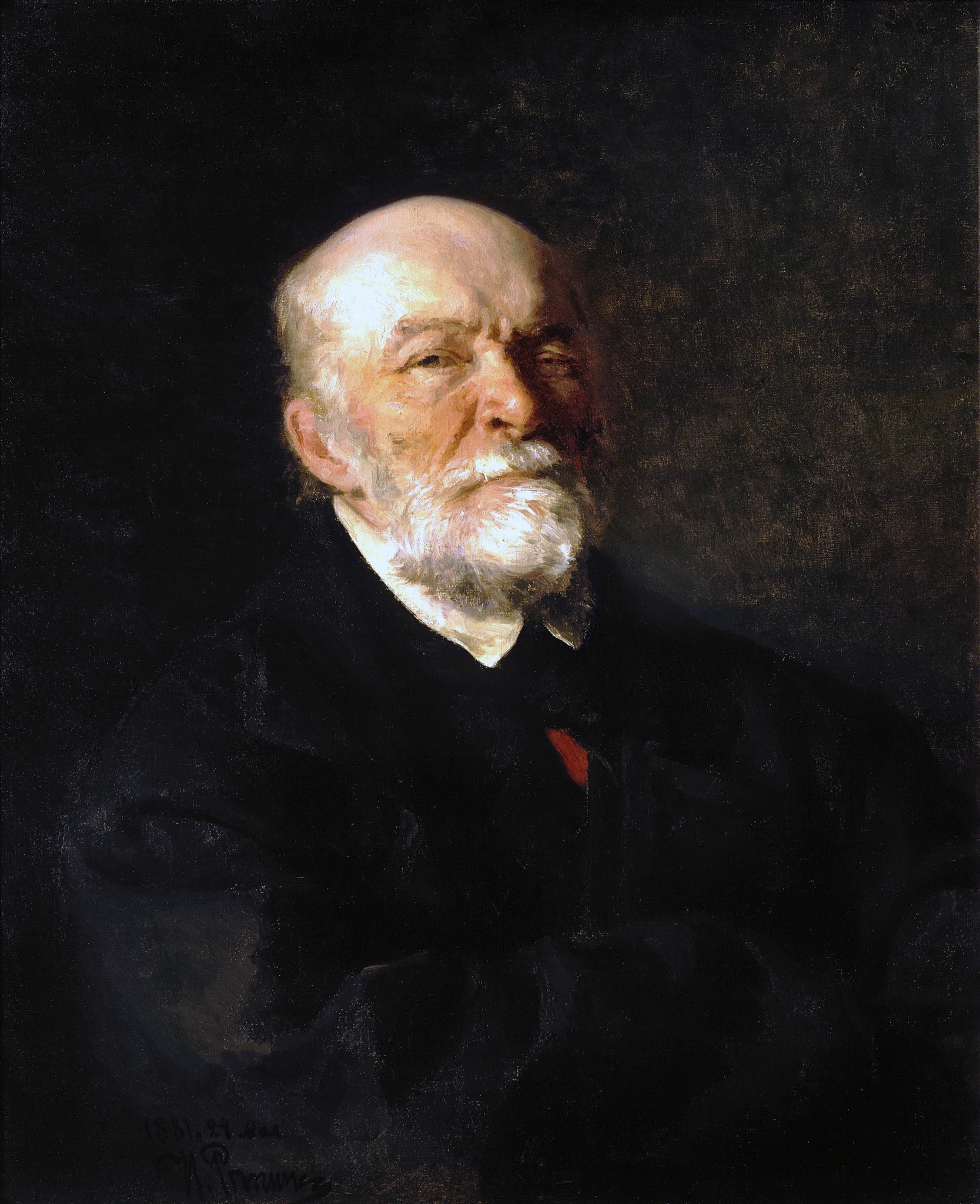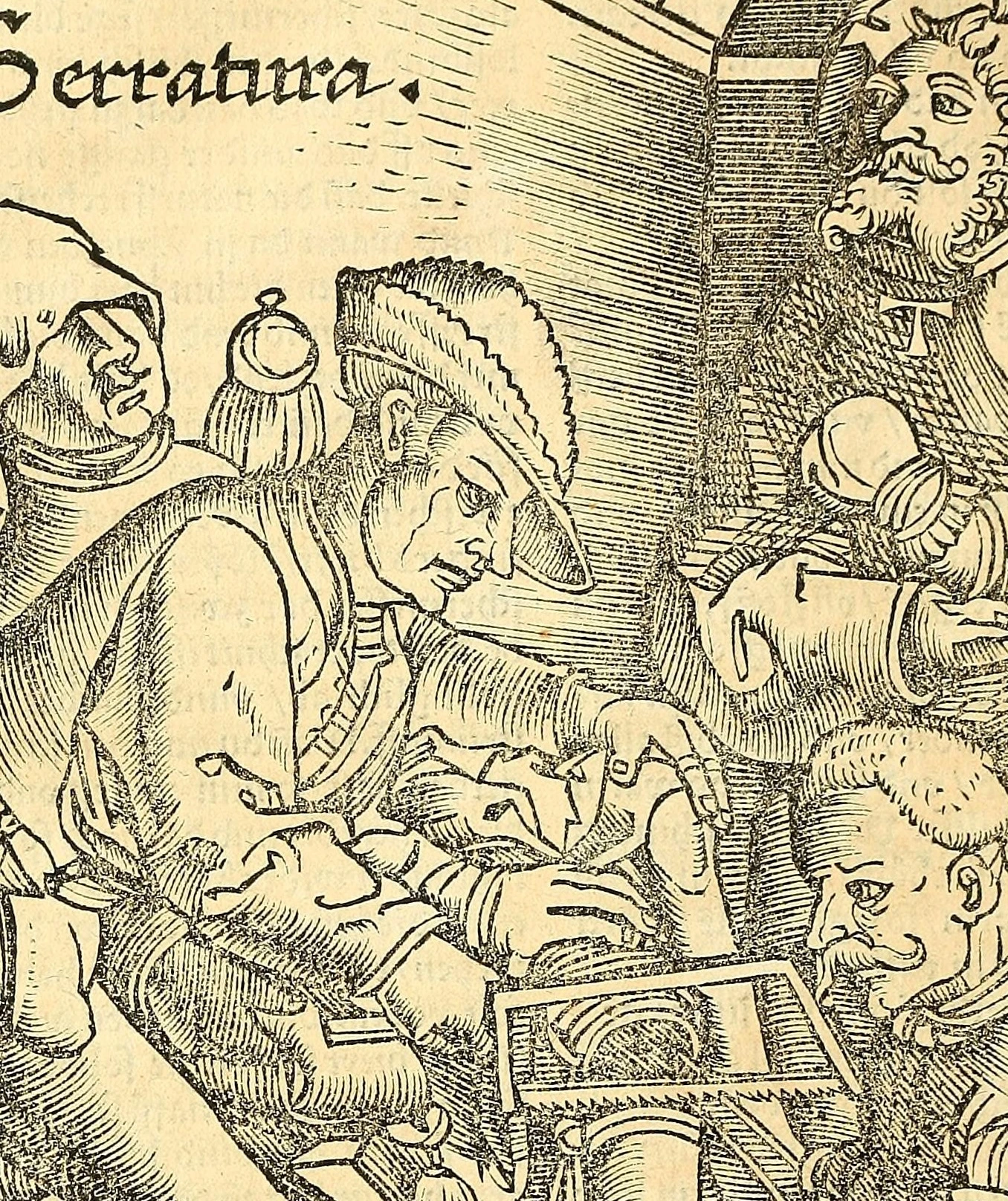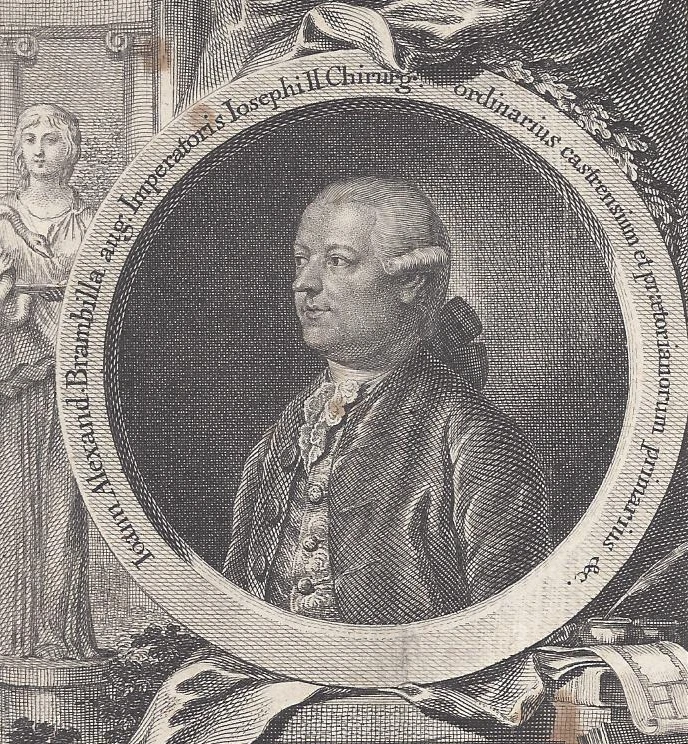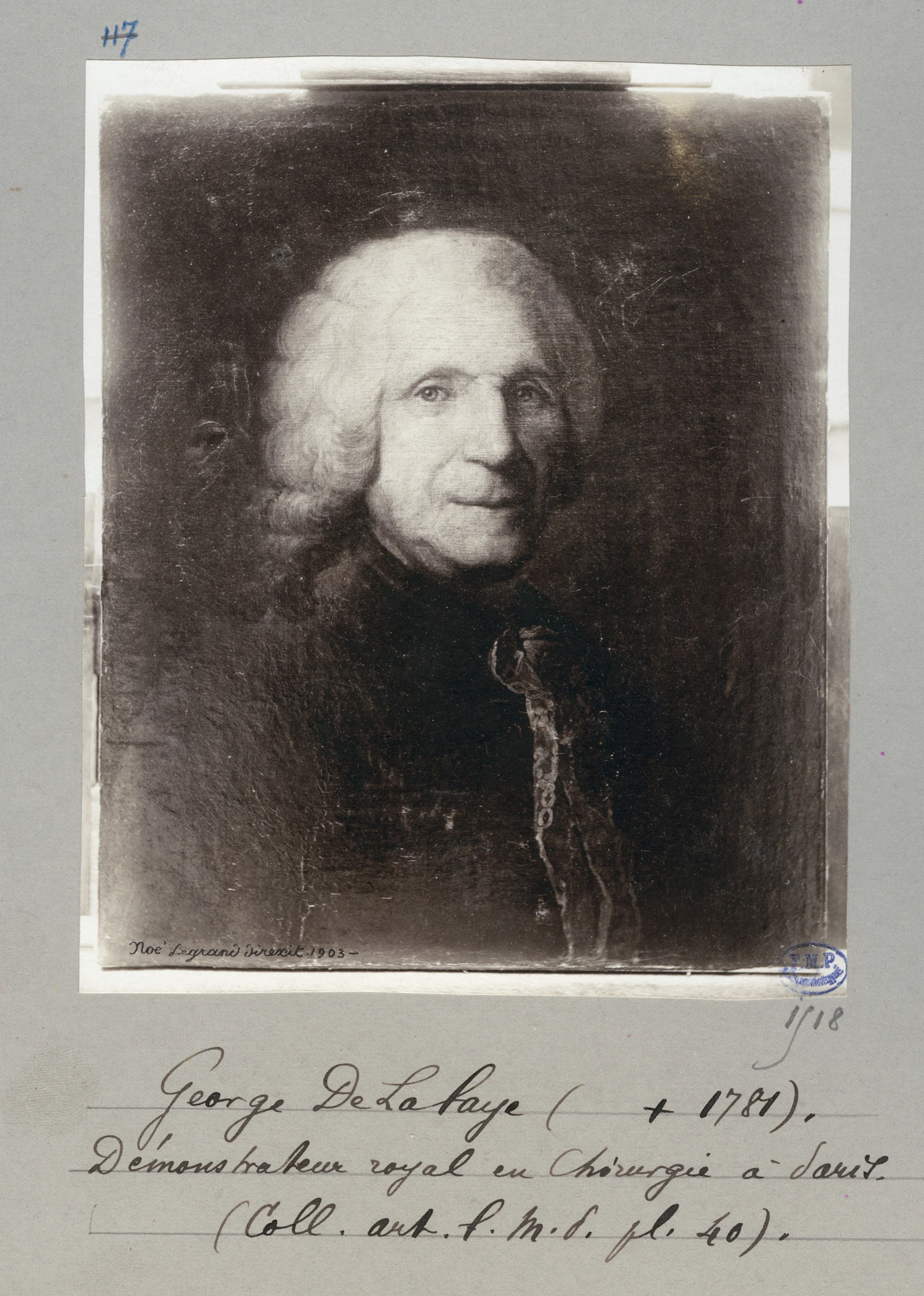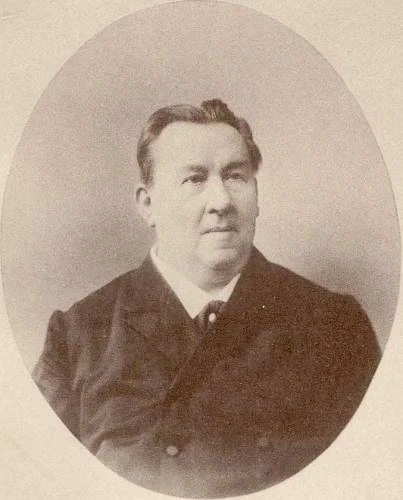Charrière, Joseph-Frédéric-Benoît
Early years
Joseph-Frédéric-Benoît Charrière (in English spelling often reffers as Charriere), famous medical instruments manufacturer and inventor. Charrière was born 19th of March 1803, in Cerniat, canton of Fribourg, Switzerland. He was raised by his grandfather because his parents had moved to Paris, where his father was employed as a bank clerk. An uncle of Charrière practiced as a cutler in Switzerland and that influenced Charrière’s choice. So, he moved to Paris as well, at age 13 to learn the trade of a cutler – in 1816 he entered an apprenticeship with Vincent. France was a nation renowned for its contributions to medicine and surgery, science and technology. The Vincent's workshop was located in the courtyard of St.-Jean-de-Latran on the left bank of the Seine (no longer there due to urban development), at this time, he had 8 employees and 3 apprentices. Charrière became master in 1820 and set up his own business, a company Charrière á Paris in the premises of Vincent who drowned in the river Seine shortly before. In 1826, Charrière married Madeleine Elisa Berrurier, the seventeen-year-old daughter of a butcher.
Zenith of his carreer
The real beginning of Charrière's career dates from his introduction to Guillaume Dupuytren (1777-1839), Chief Surgeon at the Hôtel Dieu hospital in Paris. Dr. Dupuytren made him "his personal supplier, providing him with models to imitate, instilling in him, as it were, the spirit of invention and innovation that consumed him, bringing him every morning to the hospital to familiarize him with the operations and to stimulate his genius for designing instruments. From the beginning, Charrière appreciated the advantage of seeing his instruments in action, of trying them out or seeing them tried on cadavers. Under Dupuytren's patronage, Charrière's business flourished."
By 1825, according to Dr. Chéreau, "nineteen out of twenty surgeons entrusted him with the manufacture of their ordinary and experimental instruments". Important orders came from French and foreign ministries, and the Conseil Général des Hospices de Paris appointed Charrière as the main contractor for prosthetic devices. Charrière would emerge as a pivotal figure in the realm of surgical instrumentation of the early 19th century, leaving a legacy that transcends time and continues to influence modern medicine. At the heart of his career was an unwavering dedication to improving the quality and efficacy of surgical tools. His approach was not one of mere creation but a meticulous refinement of existing instruments, ensuring they met the highest standards of precision and functionality.
In 1833, he moved his business to 9, rue de I'Ecole-de-Médecine, closer to his end-users (for a time it was occupied by the Auzoux company, makers of anatomical and natural history models in papier-mâché; today it houses an Italian restaurant). At the National Industrial Exhibition of 1834, Charrière received his first medal, of many to follow (including the medal at the Great Exhibition of London in 1862). The jury stated: "From a simple cutlery maker, Mr. Charrière has become the head of the largest and most important establishment for the manufacture of surgical instruments. He uses French and English steel with equal success. His instruments enjoy a reputation of excellence, even superiority, as proclaimed by many surgeons in our hospitals".
In 1837, during a visit to England, Charrière mastered the production processes of the British cutlery industry in Sheffield, which was particularly known for the steel tempering processes that enabled it to produce steel of the highest quality. From that moment on, he never feared competition from across the Channel. The praise he received in the published works of physicians and surgeons, in addition to the medals he received at exhibitions, enhanced the instrument maker's reputation. Famous French anatomist and surgeon Alfred-Armand-Louis-Marie Velpeau (1795-1868), for example, illustrated many of Charrière's instruments in his Nouveaux elements de médecine operatorie. Similarly, in the works of Claude Bernard and Charles Huette, one finds only the instruments of the Charrière firm. After he took over his teacher's 8-person workshop his own company rapidly grew and by around 1840 become the largest French medical instrument manufacturer with over 400 employees.
At the end of 1842, the company moved to the opposite building, just across the street to No. 6, rue de I'École-de-Médecine, where the showroom and adjoining workshop were much larger (today it's the site of the Cinéma Le Nouvel Odéon). As the name of the street indicates, the medical faculty of the Sorbonne University of Paris (since 1970 Université Paris 5 René Descartes) was located here, so its main customers were frequent visitors from the surrounding area. A propos, literally two steps appart, there is the Museum of the History of Medicine (Musée d’histoire de la médecine) here.
For his services and achievements to surgery and the cutlery industry he was awarded a Chevalier of the Legion of Honour (Légion d'honneur) in 1843, eight years after he recieved a French citizenship and was promoted to Officier de la Legion d’Honneur in 1851. Charrière lost his wife in 1874, two years later, on the 28th of April in 1876, Joseph-Frédéric-Benoît Charrière died in Paris at the age of 73. Like most of his family members, he was buried at the Montparnasse Cemetery in Paris in a family grave which he had bought years before for his family.
Innovations of Charrière
- In 1842, Charrière invented the system of measurement that was based on one-third of a millimetre (1 Charr. = 0.333 mm). In English-speaking countries it is called "French gauge". The system of catheter size measurement in Charriére (Ch) of French (Fr) was applicable both to metric and Imperial (in inches) systems and proved its practical convenience remaining still in use today the world over.
- Together with French surgeon Charles-Gabriel Pravaz (1791-1853) he manufactured the syringe for hypodermic injections. That allowed to place liquid medicines under the skin without incision. The Pravaz syringe is considered to be a predecessor of all modern syringes for injections.
- Surgical scissors that could be quickly disassembled for cleaning and did not need screws for assembly.
- Disarticulating haemostatic forceps with 'сrémaillère' (ratchet) could be opened and closed with one hand. His first construction introduced in 1858 had pin and holes catch.
- Non-rebreathing system for ether anaesthesia inhalation (administration through breathing), so called ‘Charrière inhaler’.
- Soрhysticated urological instruments, like lythotripters have been designed by Charrière. In developing the instruments, he worked together with famous surgeons like Civiale and Ségalas.
Apprentices of Charrière
Charriere was not only brilliant craftsman, but talented and generous teacher. A number of distinguished European instrument makers were his apprentices. Among them:
- Lüer, Georg Wilhelm Amatus (1802 born in Braunschweig, Germany - 1883, Paris), inventor of Lüer syringe, founder of the company Luer
- Mathieu, Louis-Joseph (1817-1879, Paris), famous fabricant, founder of the firm Mathieu
- Collin, Anatole (1831-1923, Paris), disciple and successor of Charrière
- Leiter, Josef (1830-1892, Vienna), co-founder of cystoscope
- Nyrop, Camillus (1843-1918, Copenhagen), Denmark's first manufacturer of surgical instruments and artificial limbs
References
- Casey RG, Quinlan D, Mulvin D, Lennon D. Joseph-Frédéric-Benoît Charrière: Master Cutler and Instrument Designer. European Urology 43 (2003) 320±322
- John Kirkup. Charrière’s ‘crèmailliére’ (toothed rack) or rack-catch. Journal of Medical Biography Volume 16 August 2008. DOI: 10.1258/jmb.2007.007051
- Badawi JK. Joseph-Frédéric-Benoît Charrière - How to Explain His Success as One of the Most Famous Surgical Instrument Makers Regarding His Life from Childhood to Death. Urol Int. 2017;98(2):236-240. doi: 10.1159/000449067. Epub 2016 Nov 25. PMID: 27884015.
-
Les catalogues d'instruments de chirurgie. Présentation par le Dr. Julien Wyplosz. https://numerabilis.u-paris.fr/medica/bibliotheque-numerique/presentations/instruments.php
See also: The Company Charrière á Paris.

